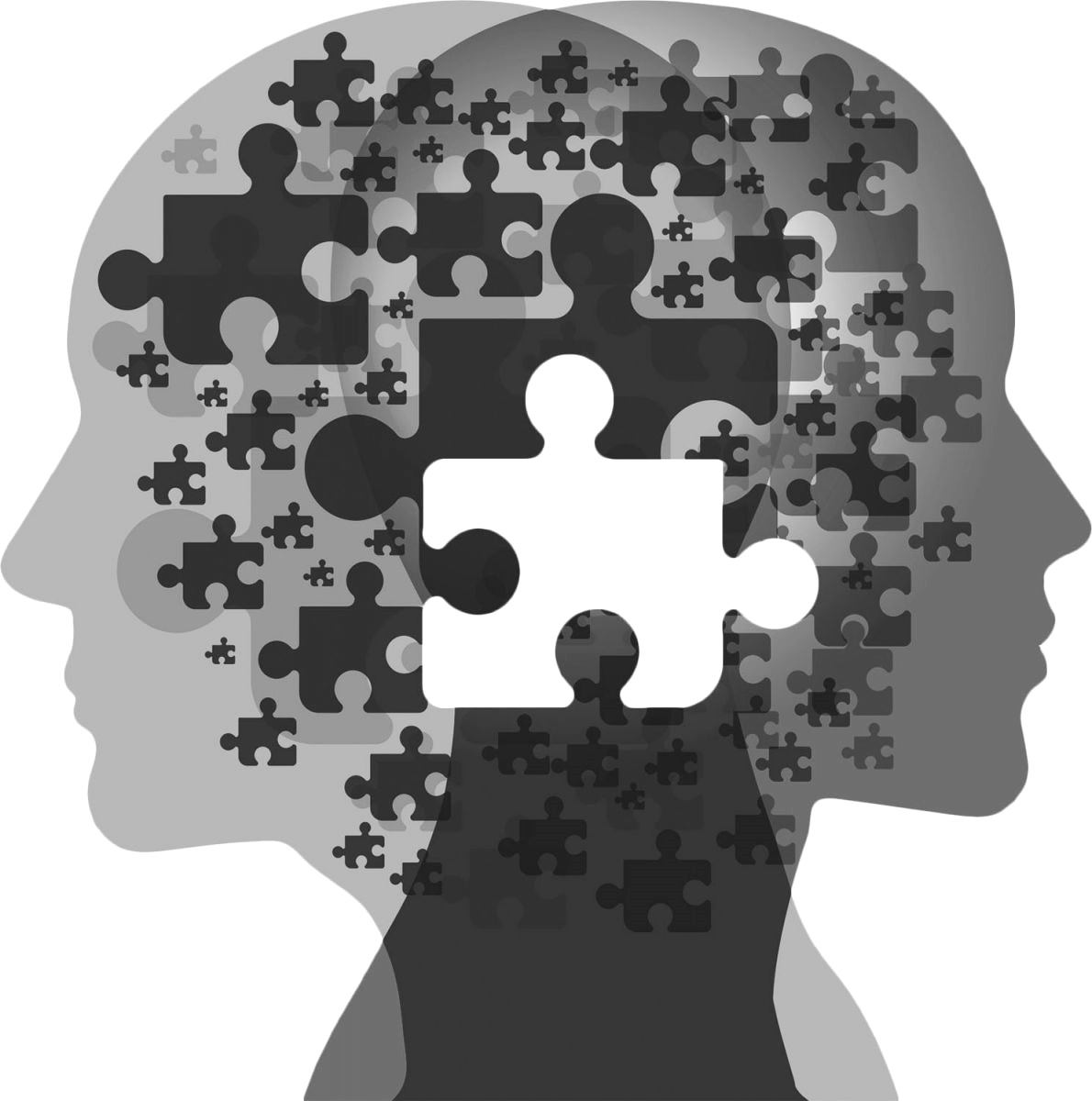It’s the New Year, and it’s time to set goals for 2019 and striving to be even better is always on my ‘To Do’ list. Deanne Boule’s presentation given at the Health and Safety Professionals of NZ conference #HSPNZ 2018 reminded me that sometimes getting back to basics is the best way to make a difference. Read on to find out why neuroscience is relevant to workplace safety and how you can use it to understand your people.
Who is Deanne Boules?
Deanne Boules is the founder and Managing Director of ‘Insync’. No, this is not a 1990’s American boy band, it’s an Australian company that specialises in human resources, organisational and leadership development, and workplace health and safety.
To me, Deanne definitely deserves the title #BadAss. She’s no stranger to making hard calls and telling people their loved ones aren’t coming home. She spent 15 years in the NSW Police where she worked hard to become a part of the serious crash unit and an incident ‘re-constructionist’. She has also spent time at WorkCover NSW (now Worksafe). It was here that she became fascinated with neuroscience and how people are hardwired to make decisions (good or bad).
Today, she’s completing her Bachelor of Psychology and has formal qualifications in work health and safety, policing, human resources, human factors, change management and executive leadership and coaching. She’s is even an accredited Lego Serious Play™ facilitator. Incidentally, I am not Lego certified; however, I’ve always loved using Lego people as part of desktop planning exercises for things like confined space entry.
What is Neuroscience and why is it relevant to workplace health and safety?
In textbooks, Neuroscience (or neurobiology) is described as “the scientific study of the nervous system.” It’s a multidisciplinary subject that combines physiology, anatomy, molecular biology, developmental biology, mathematical modelling and psychology to understand the fundamentals of how the brain works.
In workplace health and safety, it looks at how we learn, why we behave the way we do and why we make the decisions that we make. In ‘talk to me like a 2-year-old’ speak it means understanding:
- Why do people do what they do?
- How we can re-wire our brains to change the way we do things?
Your Brain…
- Weighs about 1.2 kg and it’s about 80 % water and 10% fat
- Has the consistency of a soft-boiled egg (I’d describe it as grey margarine)
- Has no moving parts, yet it is one of the most energy intensive parts of our body
- Could light up a 25-watt lightbulb constantly
- Can take in 40 million bits of information at any given time, but we can only process about 40.
So what?
- Our brains are not made for the 21st Century working environment: We are still focused on cave days and potential threats.
- No two brains are the same: Where you grew up, what you did, and your education gives you a unique focus and perspective. Even with identical twins, they will remember things differently. This means what works for one person, doesn’t work for another. This can be challenging when writing standard operating procedures etc.
- We all have different perceptions of risk: We only take in what is important to us and remember what is important to us. Our workplace safety training, policies and procedures need to take this into account.
- We hardwire things: We create habits without even realising it. For example, when we learn to drive a car, we have to consciously think about everything. After a while, it all becomes unconscious/automated. It is only someone external to ourselves that can ‘notice’ something is unsafe when we are on unconscious/automated mode i.e. pick up behaviour that could kill us!
How can you use Neuroscience in your workplace?
- Model the right behaviour and focus on what work going ‘right’ looks like.
- Understand that people have different perceptions of risk and you need to take the time to check that everyone understands how to work safely and why it is important.
- Constantly seek feedback and understand the value of having a fresh set of eyes review your team’s workplace practices.
Have a safe and productive week and let me know if you have anything to add to the topic of neuroscience in the workplace.
Best,
SB
